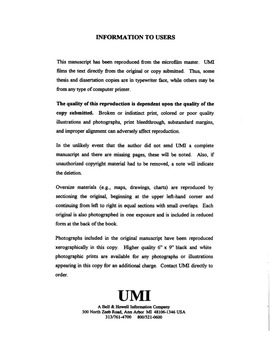| dc.description.abstract | New abundances for neutron-capture elements in a large sample of metal-poor giants from the Bond survey in addition to 3 well known individual cases, are presented. The spectra for the Bond Giants were acquired with the KPNO 4-m echelle and coude feed spectrographs, the individual stars' spectra came from CTIO and the HST, and have been analyzed using LTE fine analysis techniques with both line analysis and spectral synthesis. Abundances of eight neutron capture elements (Sr, Y, Zr, Ba, La, Nd, Eu, Dy) in 46 stars have been derived. Overall, the abundances show clear evidence for a large star-to-star dispersion in the heavy element to iron ratios. This condition must have arisen from individual nucleosynthetic events in rapidly evolving halo progenitors that injected newly manufactured neutron-capture elements into an inhomogeneous early Galactic halo interstellar medium. The new data also confirm that at metallicities $\rm \lbrack Fe/H\rbrack\le -2.0$, the abundance pattern of the heavy ($\rm Z\ge56$) neutron-capture elements is well matched to a dominant r-process nucleosynthesis pattern. At higher metallicities (somewhere between (Fe/H) = $-2$ and $-1.5$), the increasing contribution of the s-process can be seen in the abundance trends. The appearance of an s-process contribution as metallicity increases presumably reflects the longer stellar evolutionary timescale of the (low-mass) s-process nucloesynthesis sites. Finally, the lighter neutron capture elements (Sr-Y-Zr) do not satisfactorily follow the same abundance trends as the heavier neutron-capture elements at low metallicities. Therefore, their production cannot be attributed solely to either the r- or s-process, but may require a mixture of the r- and the weak s-process, or perhaps a second r-process site, i.e. different than the site that produces the heavier ($\rm Z\ge56$) neutron-capture elements. The HST spectra confirms the operation of the r-process in the third r-process mass peak. The nuclear chronometer Th has been detected in CS22892-052, allowing age determinations to be made. | en_US |
